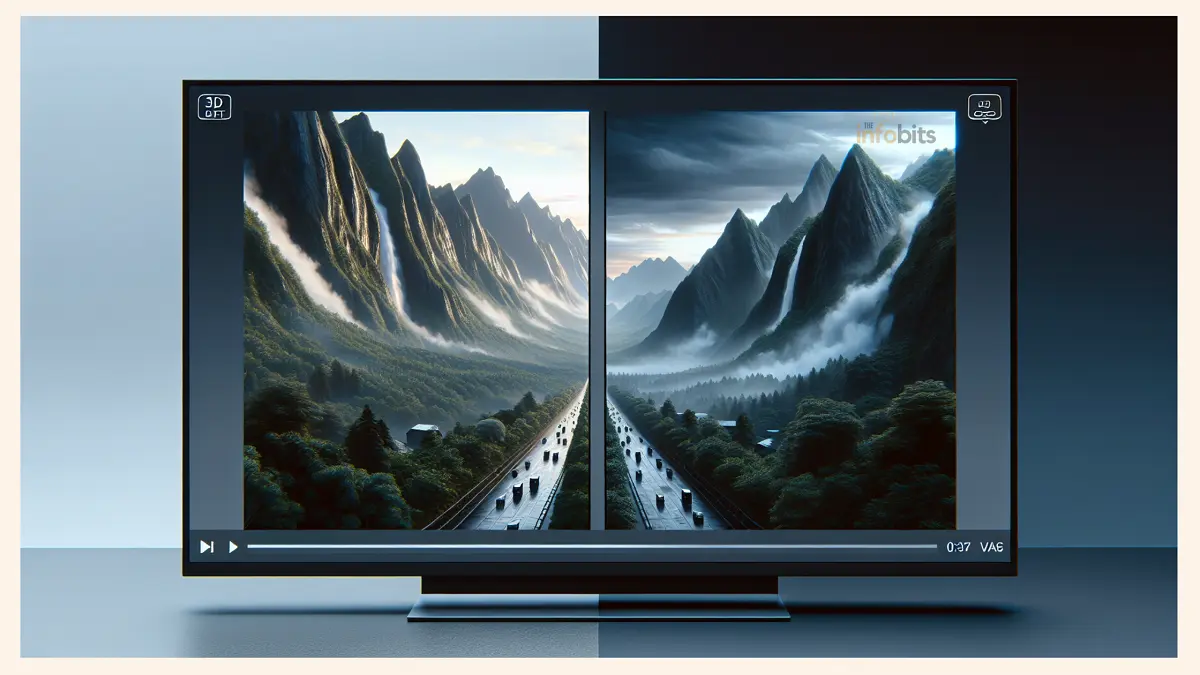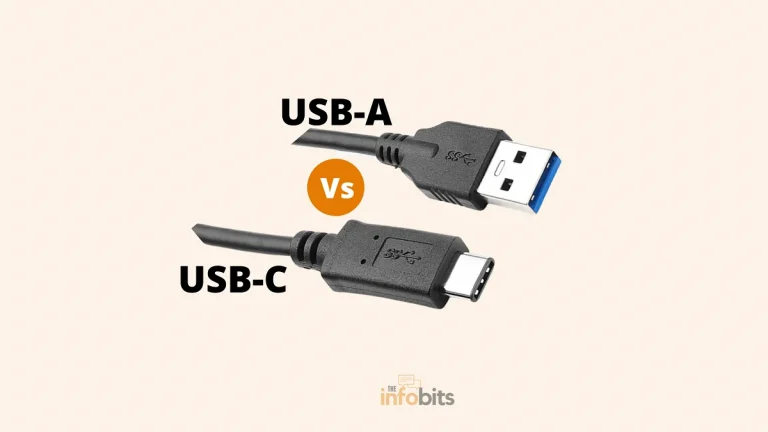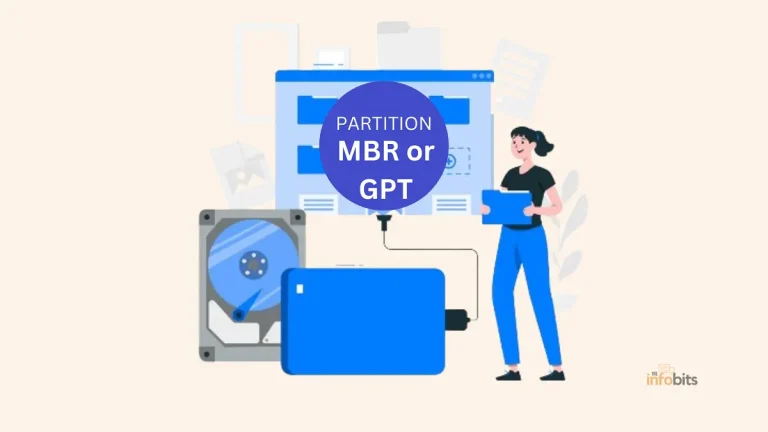Bitrate vs Resolution:What’s More Important?
In the world of digital media and streaming, two critical components often dictate the quality and performance of video content: bitrate and resolution.
Both terms are frequently discussed in the context of video production, delivery, and consumption, yet they represent different aspects of video quality.
Understanding the comparison of bitrate vs resolution, their interactions, and their implications is critical for anyone looking to optimize video content for the best viewing experience.
This article will explore the definitions, the science behind each aspect, their differences, and how to effectively balance the two for optimal performance.
Defining Bitrate and Resolution
As we discussed, bitrate and resolution are foundational concepts in video processing, each playing a distinct role in determining the quality and clarity of a video.
While they are often mentioned together, they influence video quality in different ways and are crucial for different reasons.
Understanding their definitions will provide a clearer perspective on how they contribute to the viewer’s experience.
Explaining Bitrate
Bitrate refers to the amount of data processed over a given amount of time in a video or audio stream. It is usually measured in bits per second (bps) and determines the amount of information transmitted every second.
A higher bitrate means more data is being transferred, which generally results in better quality, as more details and nuances of the original content are preserved.
However, a higher bitrate also requires more bandwidth, which can affect streaming performance and accessibility for users with limited internet speeds.
In practical terms, bitrate plays a significant role in the fidelity and smoothness of video playback.
High-bitrate videos tend to have richer details and smoother motion, making them preferable for fast-paced or high-detail content such as sports events or nature documentaries.
Conversely, low-bitrate videos may suffer from artifacts like pixelation or blurring, affecting the overall viewing experience.
Related: Constant Bitrate (CBR) vs Variable Bitrate (VBR): What’s the Difference?
Understanding Resolution
Resolution refers to the number of pixels that make up the dimensions of a video. It is typically described using width by height, such as 1920×1080, commonly known as 1080p.
Resolution affects the clarity and sharpness of the video; higher resolutions like 4K offer clearer and more detailed images compared to lower resolutions like 720p or standard definition.
The concept of resolution is closely tied to the concept of screen size and viewing distance. For larger screens or closer viewing distances, higher resolutions are necessary to maintain image clarity and prevent pixelation.
Resolution is a critical consideration in the production and distribution of videos, with higher resolutions demanding more storage space and processing power but offering enhanced image clarity and detail.
The Science Behind Bitrate and Resolution
The relationship between bitrate and resolution is complex and impacts various aspects of video quality.
While bitrate affects the quality by determining the amount of data available to represent the video, resolution impacts the physical display of video content.
Understanding their scientific background can aid in optimizing video for any desired outcome.
The Impact of Bitrate on Video Quality
Bitrate’s impact on video quality is significant primarily because it determines how much information is available to reconstruct the video image.
A higher bitrate typically allows for better representation of color, contrast, and motion, enabling a more lifelike representation of the original content. This is because more data can be used to ensure the video maintains its integrity compared to the source material.
However, it’s crucial to balance bitrate with other factors like network capacity and file size. Excessively high bitrates can lead to buffering issues and may not provide additional quality improvements if the viewer’s hardware or network cannot support it.
Consequently, calculating the optimal bitrate based on the content type, distribution method, and audience’s capabilities is essential for maximizing video quality without causing unnecessary strain on resources.
How Resolution Influences Image Clarity
Resolution directly influences the sharpness and detail visible in a video. Videos with higher resolutions have more pixels displaying the image, translating into finer details and a clearer, more precise picture.
This is especially important for displaying intricate visuals where small details are crucial, like in digital art or graphical content.
Nonetheless, the benefits of increased resolution can be diminished if not matched with appropriate bitrate levels.
Simply having a high resolution without the necessary bitrate may result in videos that look good on paper but appear pixelated or blurry in practice.
This illustrates the interconnectedness of resolution and bitrate, highlighting the need for a balanced approach when striving for optimal video clarity and quality.
Bitrate Vs Resolution: Differences and Similarities
While both bitrate and resolution contribute to the overall quality of a video, they do so in fundamentally different ways.
Understanding how they complement and differ from each other is crucial for making informed decisions about video production and streaming strategies.
How Bitrate and Resolution Complement Each Other
Bitrate and resolution often work together to enhance video quality. High resolution provides the framework for detailed images, while bitrate supplies the data needed to fill in those details with high fidelity.
Together, they create a harmonious balance essential for high-quality video output. Balancing the two ensures that content is delivered with both clarity and efficiency, maximizing the viewer experience across various devices and network conditions.
For instance, a video with high resolution and adequate bitrate can display intricate details without compression artifacts, making it ideal for presentation on large screens.
Conversely, a well-balanced bitrate can help lower-resolution content maintain acceptable levels of quality by optimizing available data usage, ensuring smooth viewing even on bandwidth-constrained networks.
Key Differences Between Bitrate and Resolution
Despite their complementary nature, bitrate and resolution differ fundamentally in their roles and limitations.
Resolution is concerned with the dimensions of an image, directly affecting its potential for visual detail and clarity. It is a more static measure, often dictated by the source material and output device capabilities.
In contrast, bitrate is a more dynamic attribute that deals with data transfer and compression. It can be adjusted to suit various conditions like network bandwidth and content type, offering flexibility to balance quality and performance.
These fundamental differences highlight why a strategy that considers both factors is necessary to optimize video streaming and playback.
Implications of Bitrate and Resolution
Producers and content creators often face a choice between prioritizing bitrate or resolution, especially when faced with constraints like limited bandwidth or storage.
Understanding the trade-offs involved can help make informed decisions that ensure the best possible viewer experience within given limitations.
Consequences of Favoring Bitrate Over Resolution
Choosing to prioritize bitrate over resolution can result in smoother, more consistent video playback, especially in scenarios where network conditions are unstable or bandwidth is limited.
By favoring a higher bitrate, videos can maintain better quality during playback, even when using lower resolutions, minimizing buffering and reducing playback stutter.
However, this approach might lead to videos that lack the sharpness and detail afforded by higher resolutions.
In contexts where image clarity is paramount, such as detailed graphical content or high-definition displays, the choice to prioritize bitrate might not meet viewer expectations, potentially detracting from the content’s impact.
Effects of Prioritizing Resolution Over Bitrate
Favoring resolution over bitrate can provide videos with crisp, detailed images, making them ideal for high-definition displays.
This is particularly beneficial for content where visual detail is crucial, like cinematographic works or presentations that require a high level of visual fidelity.
The downside of this approach is that high-resolution videos with insufficient bitrate may suffer from compression problems and blurriness, especially in scenes with fast motion or complex patterns.
Without enough data to support the resolution, visual quality can degrade, resulting in an unsatisfactory viewing experience.
Thus, while prioritizing resolution can yield stunning visuals, it must be balanced carefully with bitrate to maintain overall video quality.
Practical Adjustments to Bitrate and Resolution for Optimal Performance
Achieving optimal video performance requires thoughtful adjustments to both bitrate and resolution.
By considering various parameters and their impact on viewing experiences, content creators can enhance the quality and accessibility of their videos.
Considerations for Increasing Bitrate
Increasing the bitrate can significantly enhance video quality by allowing more data to represent the visual content, thereby reducing quality problems and preserving details.
When considering a bitrate increase, factors such as the target audience’s internet bandwidth, the platform’s streaming capabilities, and the content’s inherent requirements should be assessed.
Ensuring viewers have the necessary bandwidth and devices to handle higher bitrates is critical to avoid unintended playback issues.
Moreover, content type and motion level are vital considerations when adjusting bitrate. High-motion scenes and detailed graphics typically benefit from higher bitrates as these conditions require more data to accurately represent the content.
Therefore, aligning bitrate adjustments with content characteristics can ensure a smoother and richer viewer experience.
Guidelines for Scaling Resolution
Scaling resolution involves balancing the need for image clarity with the potential limitations of the viewer’s hardware and network.
For instance, while 4K resolutions can provide stunning visual detail, not all viewers may have the display capabilities to enjoy such content, making it critical to consider the target audience’s technology when deciding on resolution levels.
In addition, the context of video consumption plays a crucial role; mobile viewers might not necessitate the same high resolutions required for large-screen displays.
Offering multiple resolution options, such as adaptive streaming technologies that adjust resolutions based on real-time network conditions, can enhance accessibility and user experience across diverse devices and environments.
Conclusion
Balancing bitrate and resolution is a nuanced task that requires a comprehensive understanding of both concepts and their impacts on video quality and performance.
While bitrate influences data representation and continuity, resolution affects the physical clarity and detail of the image.
By aligning these elements with the intended use case, target audience, and technology constraints, content creators can optimize video delivery to maximize viewer satisfaction.
As technology advances, the trade-offs between bitrate and resolution will continue to evolve, offering new opportunities and challenges in delivering high-quality video content.
Please share this article with your friends and relatives if you find it useful.
We also ask that you bookmark this page for future reference, as we are constantly updating our articles with new information.
Sign up for our free newsletter as well to receive fresh information immediately in your inbox and keep technically up to date.







